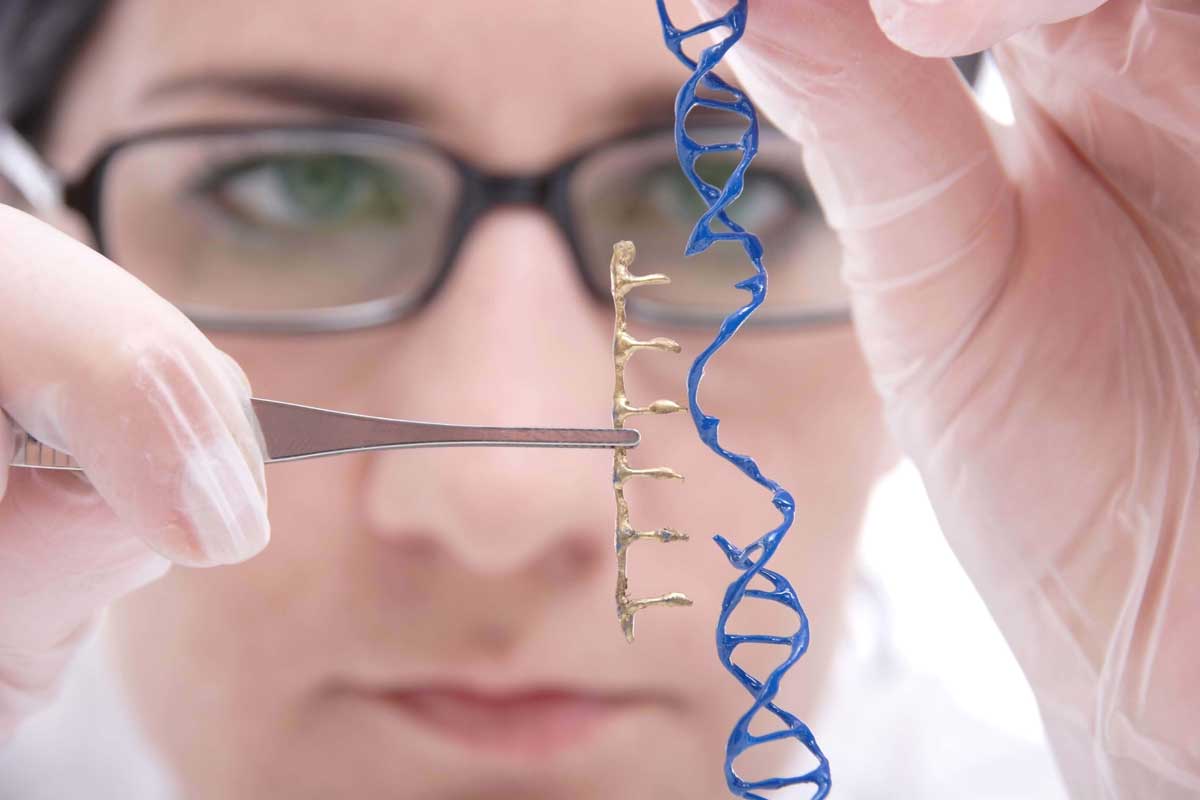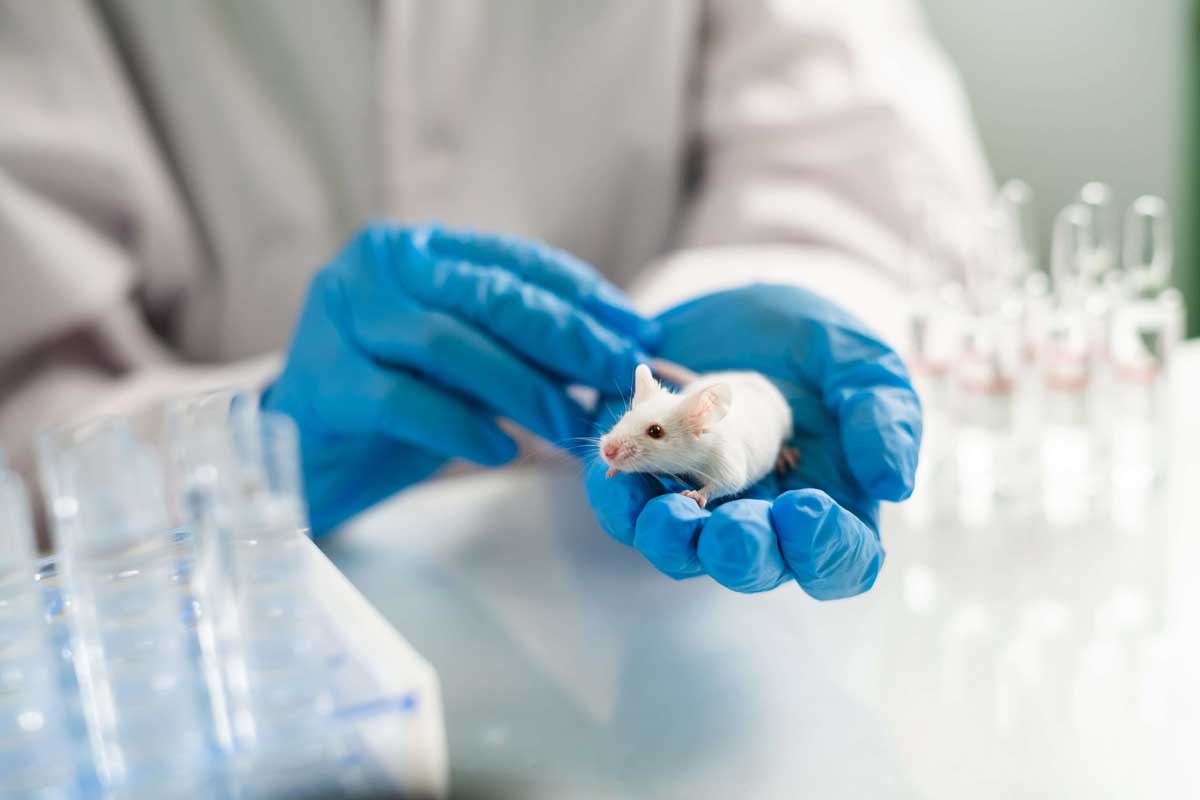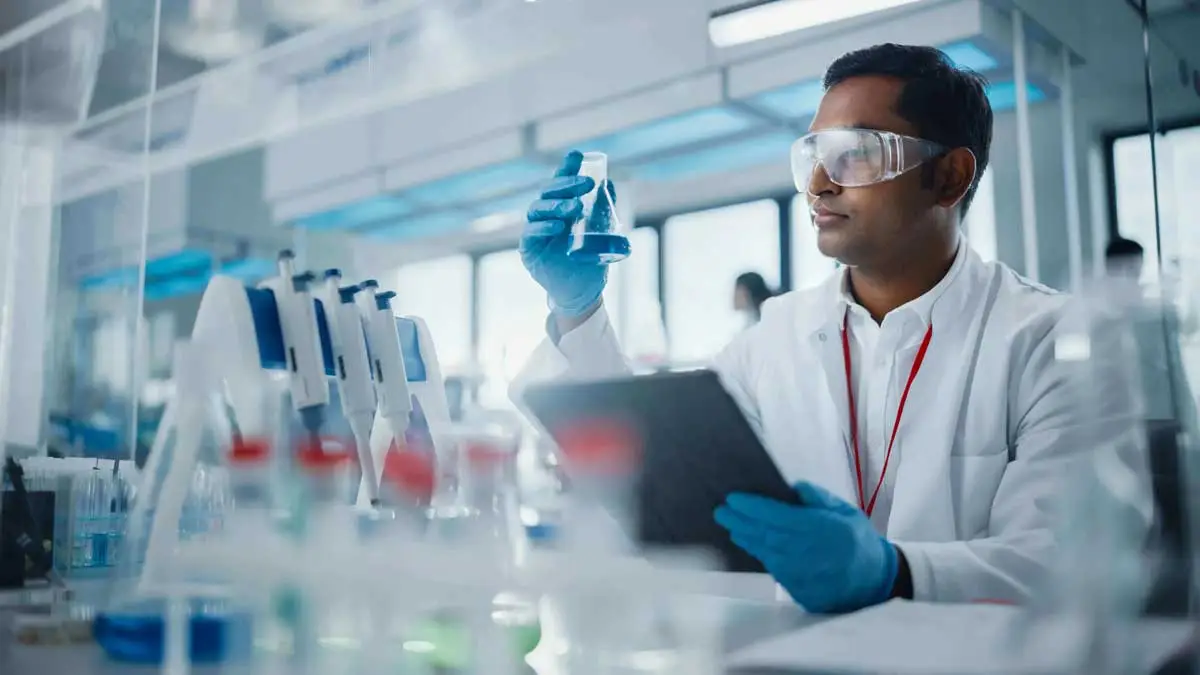Have you ever experienced or heard of adverse effect after contact or exposure to a product? What if the product was tested prior to check for chances of adverse effect? Would it not have prevented you from experiencing discomfort or risk while using the product? The same holds true in case of medical device usage where safety of patients is uncompromisable and of paramount importance.
What is a medical device?
A medical device can be any instrument, apparatus, implement, machine, appliance, implant, reagent for in vitro use, software, material or other similar or related article, intended by the manufacturer to be used, alone or in combination for a medical purpose.
We often find use of medical devices in clinical settings and daily lives. Products ranging from catheters, IV tubes, cardiac stents, dental implants to glucose monitors, optical contact lenses, intra-uterine devices etc. are categorized as medical devices.
The medical devices are classified into three categories (as per US FDA) for ease in imposing regulations based on levels of risk they exhibit:
Class I
Non-invasive medical devices that carry a low degree of risk. These devices pose minimal or zero risk to patients even if they malfunction.
Devices like: Bandages, wheelchairs, walkers, crutches, enema kits, latex gloves, and other common supplies and medical equipment used in healthcare facilities or homes come under Class I.
Class II
Invasive medical devices which pose moderate to intermediate risk come under Class II. Devices used in or outside of the body with potential risk to patients are included in this class. Devices like: Pregnancy test kits, scalpels, needles, syringes, bone-fixation implants, dental implants, electrically powered wheelchairs, respiratory equipment etc. are some Class II medical devices.
Class III
Invasive medical devices that bring a significant risk to the patient by malfunctioning or incorrect usage fall under the Class III of medical devices.
Devices like: Artificial heart valves, cardiac stents, pacemakers, breast implants etc. are Class III medical devices.
The medical device classification varies vaguely according to the regulatory setting in each country. In India, as per the regulatory body, CDSCO (Central Drug Standard Control Organization), the medical devices are classified into four classes based on levels of risk –
- Class A – Devices posing low risk to the patient (cotton wool, surgical dressing, swabs)
- Class B – Devices posing low to moderate risk to the patient (thermometer, BP monitor, disinfectants)
- Class C – Devices causing moderate to high risk to the patient (implants, haemodialysis catheter, CT scan equipment)
- Class D – Devices posing high risk to the patient (heart valves, angiographic guide wire)
Why should medical devices be preclinically evaluated?
The risk a medical device carries can range anywhere from the toxicity of materials used to fabricate it to its eventual biodegradation. Hence, it is critical to evaluate medical devices prior (preclinical trial) to testing on humans (clinical trial). The preclinical evaluation involves investigating the performance, biocompatibility, and safety of the medical device. This provides an insight into how the materials of the medical device interact or react with the human tissuesand in vivo environment (inside the body). Taking the preclinical data insights together, a medical device can be passed or modified for reconsideration. The preclinical tests to be performed for a medical device differ based on its nature of body contact and contact duration and user country’s regulatory requirements.
How are medical devices preclinically evaluated?
The biocompatibility and toxicity would be tested at various layers/ parameters depending on the type of medical device, its usage and degree of risk. The materials used in the product are tested by performing some preclinical assessments like –
- Cytotoxicity – To check for the biological reactivity of material of the medical device with the mammalian cells
- Sensitization – To check for potential of a material or product to cause a delayed hyper-sensitivity reaction
- Irritation test – To check potential of test materials and their extracts, using appropriate site or implant tissue such as skin and mucous membrane in an animal model
- Material mediated pyrogenicity – To check for the potential of material in/on the medical device to elicit systemic febrile responses
- Acute and repeated dose toxicity – To check for general health hazards due to acute or repeated exposure to the extracts from the medical device material
- Implantation – To check for the local effect of the materialat the site of the medical device implantation (intramuscular, bone, subcutaneous)
- Hemocompatibility – Evaluates any effects of materials in contact with blood on hemolysis, thrombosis, plasma proteins, enzymes, and the formed elements
- Genotoxicity – To check for effect of substances in/on the medical devices to cause genetic damage via either gene mutations or chromosomal damage
What is the Medical Device Scenario in India looking like?
The medical device scenario in India is encouraging given the significantly increasing demand and investment in the sector. India is the 4th largest Asian medical devices market after Japan, China, and South Korea, and among the top 20 medical devices markets globally. To amp this up, the Government of India laid initiatives like 100% foreign direct investment in the sector, “Promotion of Medical Device Parks” programme, launch of production-linked-incentive (PLI) scheme for domestic manufacturing of medical devices and most importantly, the National Medical Device Policy 2023. Read more about NMD Policy 2023 here.
As of 2020, the medical devices market is estimated to be at USD 12 billion in India, and it is expected to grow at a CAGR of 15%, which is 2.5 times the global growth rate. On the other hand, the export of medical devices from India stood at USD 2.90 billion in FY22 and is expected to rise to USD 10 billion by 2025.
Conclusion
Preclinical testing plays a crucial role in ensuring the safety and effectiveness of medical devices. By assessing parameters such as biocompatibility and toxicity, these preclinical evaluations help mitigate risks and prevent adverse reactions in patients. As the demand for medical devices continues to grow, thorough preclinical testing becomes increasingly important in maintaining patient safety and improving healthcare outcomes.
GVRP offers Medical Devices Testing Services. Connect with us at info@gvrp.in to learn more about our testing services portfolio.








